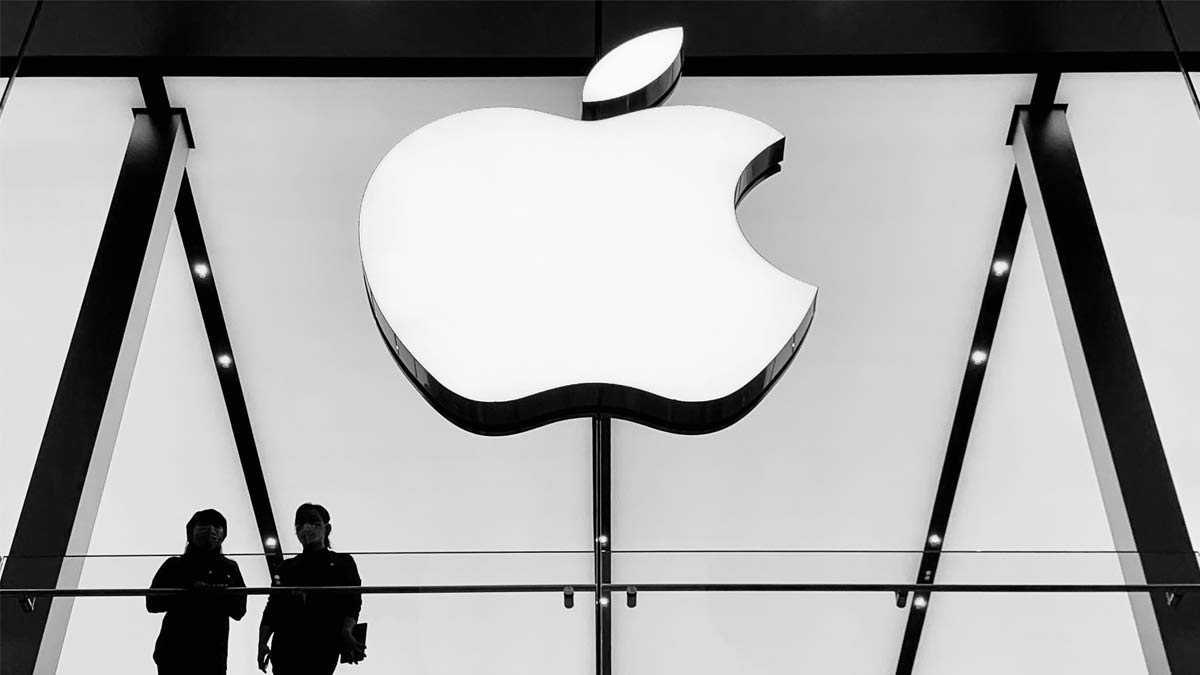Gadgets
Apple’s Bold 2025 Lineup: iPhone 17 Pro, iOS 26, iPadOS Multitasking, and MacBook Pro Redesign
Apple is ready to roll out major upgrades in 2025—from a reimagined iPhone 17 Pro and smarter iOS 26 to advanced iPad multitasking and a powerful new MacBook Pro powered by M4. Here’s the deep dive into Apple’s next moves.

Apple is preparing for a sweeping set of updates across its core product lines—ushering in a new era of design, AI integration, and ecosystem alignment. As we move deeper into 2025, details are emerging about the upcoming iPhone 17 Pro, iOS 26, iPadOS upgrades, and a significant MacBook Pro redesign—all pointing toward Apple’s strategy of strengthening user experience across form factors while embedding artificial intelligence and custom silicon deeper into its DNA.
iPhone 17 Pro: A Leaner, Smarter Flagship
The iPhone 17 Pro is rumored to be Apple’s thinnest iPhone yet, thanks to advanced design techniques and materials. Reports suggest a completely re-engineered chassis, featuring under-display Face ID—a move that eliminates the notch and brings a seamless front display.
Titanium will continue to play a central role in construction, offering a lighter yet stronger frame. The camera system is also expected to get another leap forward, potentially integrating a next-gen periscope zoom lens and advanced AI photography capabilities, enhancing Night Mode, Portraits, and real-time scene detection.
The Pro lineup may also see improved thermals and battery optimization, benefiting from Apple’s custom silicon and system-wide software-hardware synergy.
iOS 26: Personalization, Performance, and Apple Intelligence
While not all iPhones will support Apple Intelligence, iOS 26 will still deliver improvements in Siri’s contextual understanding, lock screen personalization, and privacy-first AI features.
Supported models will see deeper on-device AI processing enabling proactive suggestions, real-time summarizations, and smarter keyboard predictions. Apple is also working on tightening its integration between apps and AI, ensuring native experiences like Mail, Notes, and Safari become more intuitive.
Privacy continues to be a focus, with Apple reportedly implementing Secure Enclave-enhanced AI routines, ensuring that even with smarter intelligence, your data remains yours.
iPadOS: Finally, Real Multitasking?
After years of incremental updates, Apple appears to be taking iPad multitasking seriously in 2025. The next iteration of iPadOS may feature a more dynamic Stage Manager, with support for freer window resizing, persistent app states, and advanced keyboard shortcuts—all aiming to transform the iPad into a credible laptop alternative.
This is in line with Apple’s broader effort to blur the lines between desktop-class workflows and touch-first interaction. The support for external displays is also expected to be more robust, possibly allowing independent spaces per screen.
MacBook Pro: M4 and Beyond
Apple is also gearing up to refresh the MacBook Pro lineup, potentially introducing the M4 chip, designed not just for speed, but for AI optimization and graphical performance.
The 2025 MacBook Pro could see display enhancements (including potential OLED variants), better power efficiency, and a lighter chassis, continuing Apple’s trend of slimming down without compromising on power.
The M4 is expected to focus heavily on AI and machine learning tasks—running Apple Intelligence models locally, enabling creative professionals to perform complex rendering, editing, and data science operations faster than ever before.
This shift shows Apple’s intention to make the MacBook Pro not just a workhorse but a future-ready AI powerhouse.
A Unified, AI-First Ecosystem
The convergence across devices is becoming more evident. With iOS 26, iPadOS, and macOS Sonoma’s successors, Apple is building a deeply unified, AI-powered experience—where workflows transcend devices and features feel consistent across platforms.
This is Apple’s answer to the growing wave of AI integration across the tech industry—balancing innovation, user control, and privacy.
While many features will be exclusive to higher-end, M-series or A-series devices, Apple’s approach seems to favor evolution over disruption—prioritizing seamless integration and everyday usability over flashy experiments.
Conclusion
Apple’s 2025 strategy signals a maturing but still bold tech company—pushing the limits of its hardware, perfecting its software ecosystem, and laying a strong foundation for AI-powered workflows. Whether you’re a casual user or a creative professional, the coming months are shaping up to be one of the most exciting periods in Apple’s recent history.
-
Fashion8 years ago
These ’90s fashion trends are making a comeback in 2017
-

 Entertainment6 months ago
Entertainment6 months agoSquid Game Season 3 Trailer Teases a Brutal Finale: Gi-hun Returns for One Last Game
-
Fashion8 years ago
According to Dior Couture, this taboo fashion accessory is back
-
Entertainment8 years ago
The old and New Edition cast comes together to perform
-

 Science5 months ago
Science5 months agoVera C. Rubin Observatory Unveils First-Ever 3,200-Megapixel Images
-
Sports8 years ago
Phillies’ Aaron Altherr makes mind-boggling barehanded play
-
Business8 years ago
Uber and Lyft are finally available in all of New York State
-
Business8 years ago
The 9 worst mistakes you can ever make at work




